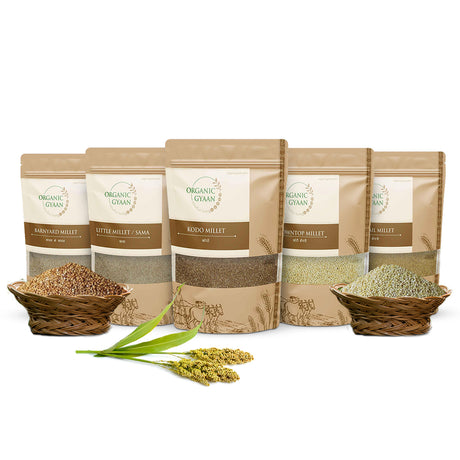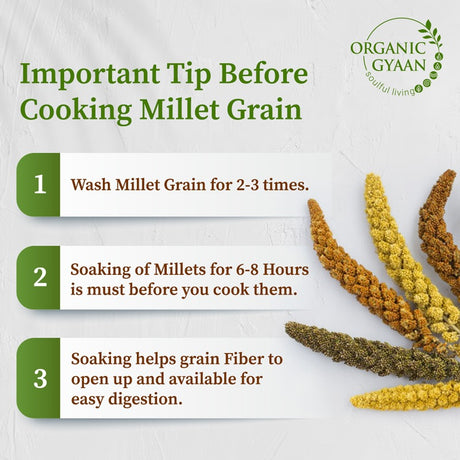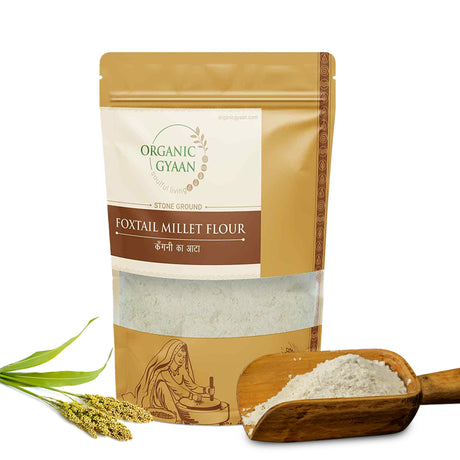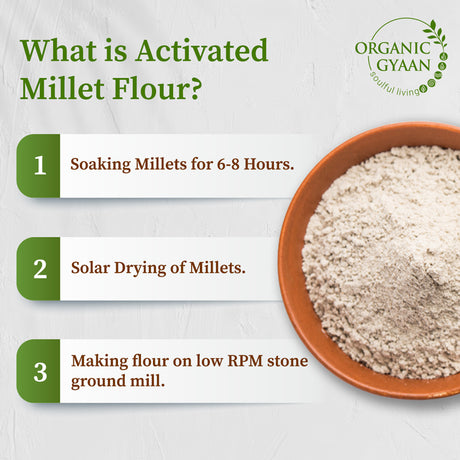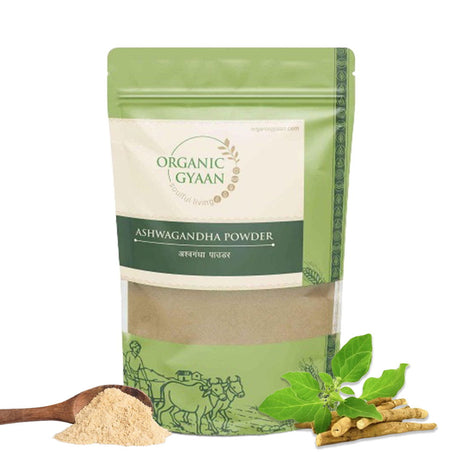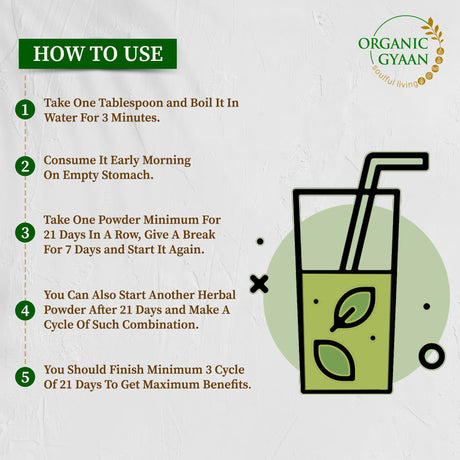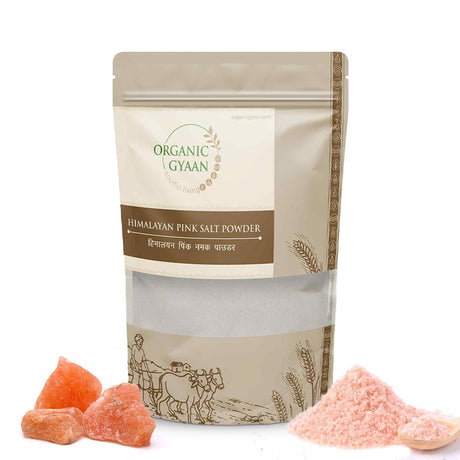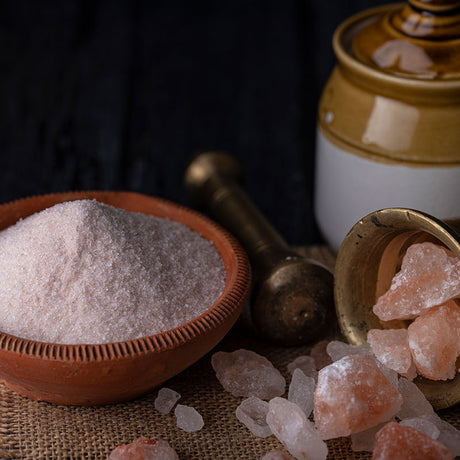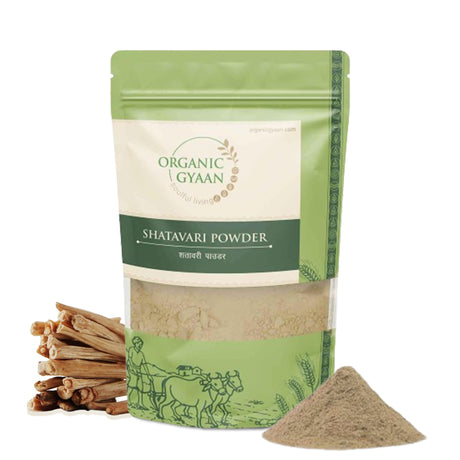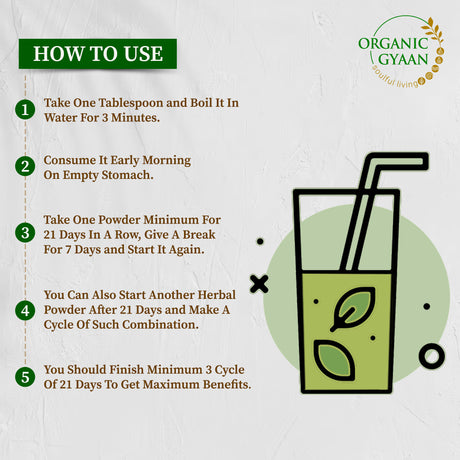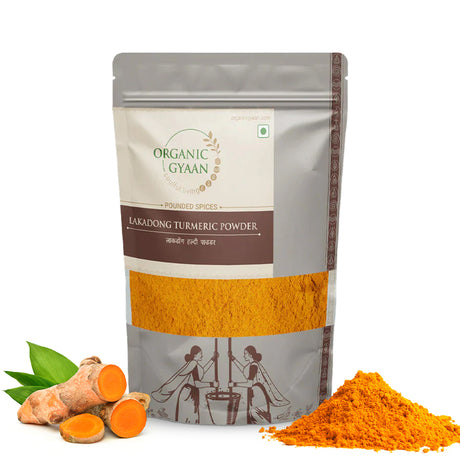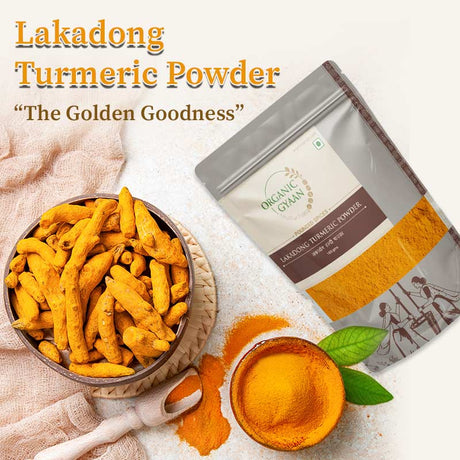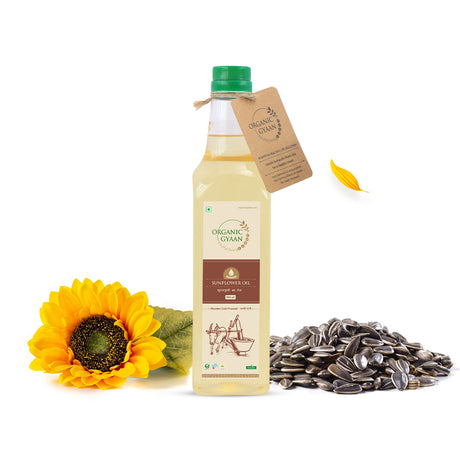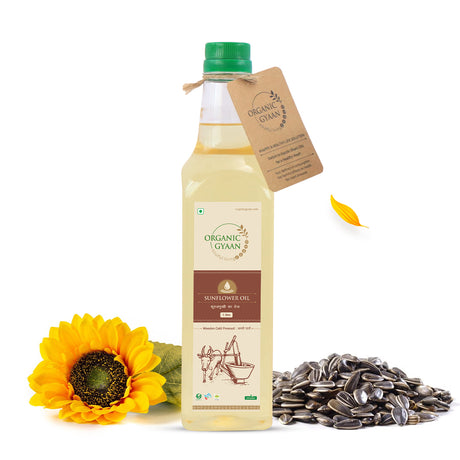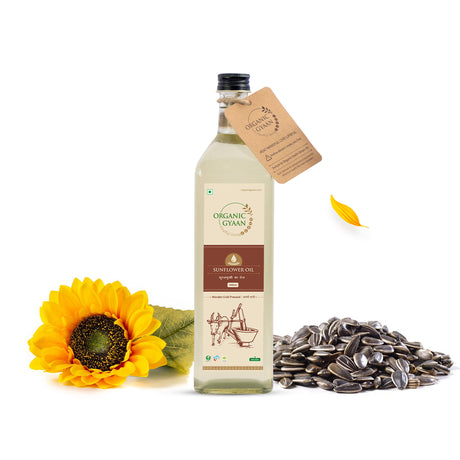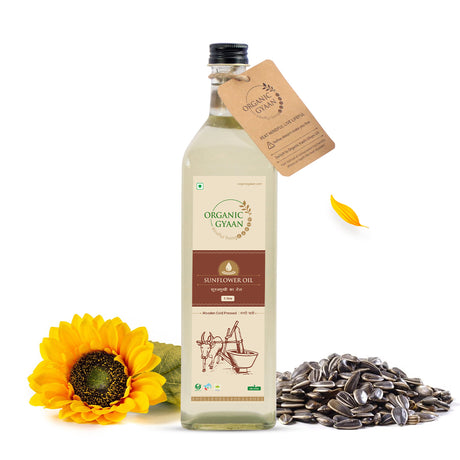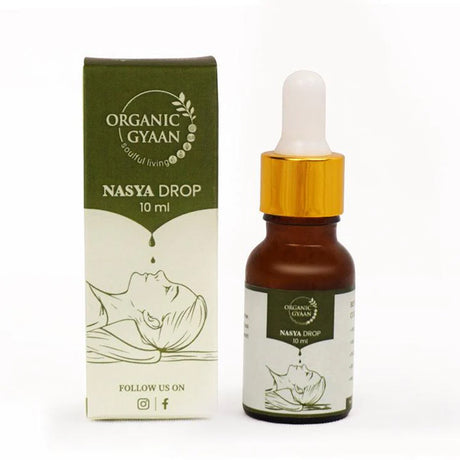Have you ever heard of browntop millet? It’s often called a “forgotten grain” because it was once widely eaten but slowly vanished from most kitchens. Now, it’s making a comeback as people rediscover its powerful health benefits, high nutrition, and versatility in cooking.
While rice and wheat dominate our plates, ancient grains like browntop millet are packed with fiber, protein, and essential minerals that modern refined foods often lack. From supporting weight loss and diabetes management to improving digestion, heart health, and immunity, the list of browntop millet benefits is long and impressive.
What is Browntop Millet?
Browntop millet (Brachiaria ramosa) is a small, round, gluten-free grain belonging to the millet family. It thrives in dry, rain-fed regions and requires very little water, making it an eco-friendly crop. For centuries, it was a staple food in India, especially in Karnataka and Andhra Pradesh.
Unlike refined grains like white rice, browntop millet retains its fiber, minerals, and natural nutrients. Its nutty flavor makes it a great substitute for rice, and it can easily fit into both traditional and modern recipes.
What makes it special is that it’s not just a “filler grain”- it actively improves health, making it one of the most nutrient-dense cereals available today.
Nutrition Profile of Browntop Millet (per 100g)
- Calories: ~300 kcal
- Protein: 11 g
- Fiber: 12.5 g
- Carbohydrates: 61 g
- Fat: 3.5 g
- Calcium: 30 mg
- Iron: 9 mg
- Magnesium: 114 mg
- Phosphorus: 250 mg
- Glycemic Index: ~50 (low)
Looking at this breakdown, you can see why browntop millet is praised. It’s high in fiber and protein while being low on the glycemic index, making it perfect for weight loss, diabetes care, and overall nutrition.
Top Browntop Millet Benefits
1. Helps in Weight Loss
If you’re trying to shed extra weight, browntop millet can be your best friend. Its high fiber keeps you full for longer, meaning fewer cravings and reduced snacking. Unlike rice, it digests slowly and provides steady energy, which prevents overeating.
Regularly replacing rice with browntop millet can support gradual, natural weight loss without leaving you feeling hungry. Combined with exercise and balanced meals, it becomes a powerful weight management tool.
2. Manages Diabetes Naturally
One of the biggest browntop millet benefits is its impact on blood sugar control. With a low glycemic index (GI ~50), it ensures glucose is released slowly into the bloodstream, avoiding sudden spikes and crashes.
Studies have shown that millets improve insulin sensitivity and help reduce complications related to type 2 diabetes. Including browntop millet a few times a week can make managing sugar levels easier and healthier.
3. Improves Digestion
Browntop millet is loaded with dietary fiber (12.5g per 100g), which makes it excellent for digestion. It helps regulate bowel movements, prevents constipation, and promotes overall gut health.
The fiber also acts as a prebiotic, feeding good bacteria in your intestines. A healthy gut not only improves digestion but also boosts immunity and metabolism.
4. Supports Heart Health
Another key browntop millet benefit is its role in protecting the heart. Rich in magnesium, potassium, and fiber, it helps reduce cholesterol levels, regulate blood pressure, and improve circulation.
Over time, this reduces the risk of heart disease and strengthens cardiovascular health. If eaten regularly along with fresh vegetables and healthy oils, browntop millet is a true heart-friendly food.
5. Strengthens Bones and Muscles
Minerals like calcium, phosphorus, and magnesium in browntop millet support strong bones and healthy muscles. This is especially important for children in their growth years, women, and elderly people at risk of bone weakness or osteoporosis.
Unlike refined foods that lack nutrients, browntop millet provides a steady supply of minerals essential for long-term skeletal health.
6. Detoxifies the Body
Browntop millet is also a natural detox food. The fiber helps clear toxins from the stomach and intestines, while antioxidants protect the liver and reduce inflammation.
This cleansing process supports better metabolism, reduces bloating, and even contributes to healthier skin. Regular consumption makes you feel lighter and more energetic.
7. Boosts Immunity and Energy
Iron and B vitamins in browntop millet help improve hemoglobin levels and oxygen supply in the body. This reduces fatigue, fights anemia, and increases overall energy.
By strengthening the immune system, it helps the body fight infections and stay healthy throughout the year. It’s particularly beneficial for women and children who need extra iron in their diets.
Easy Browntop Millet Recipes
Browntop millet is versatile- it can replace rice or be used in creative dishes. Here are a few ideas:
1. Browntop Millet Upma
Roast browntop millet gently and cook it with curry leaves, grated ginger, green chilies, and seasonal vegetables like carrots and beans. This light and wholesome dish makes an excellent breakfast.
2. Browntop Millet Khichdi
Combine browntop millet with yellow moong dal, turmeric, cumin seeds, and a pinch of himalayan pink salt. Cook slowly in a pressure cooker until soft. This simple one-pot meal is easy to digest.
3. Browntop Millet Pongal
Cook millet with moong dal, crushed black pepper, cumin, and fresh ginger. Finish with a tempering of A2 ghee, curry leaves, and cashews. This dish is ideal for festivals meals.
4. Browntop Millet Salad
Boil millet until soft, let it cool, and toss with fresh cucumbers, tomatoes, grated carrots, coriander leaves, and lemon juice. This refreshing millet salad is rich in fiber and energy, perfect lunch.
Side Effects of Browntop Millet
While the benefits of browntop millet are plenty, a few side effects should be noted:
- Digestive issues: Excess fiber may cause bloating or gas if eaten in very large amounts.
- Thyroid concerns: Like other millets, it contains goitrogens, which may affect thyroid function when overconsumed.
- Anti-nutrients: Raw millet has phytic acid, which can block mineral absorption. Soaking and cooking reduce these effects.
The solution? Eat browntop millet in moderation and prepare it properly. This way, you enjoy its benefits without side effects.
Conclusion
Browntop millet may be small, but its impact on health is massive. From weight loss, blood sugar control, and digestion to heart health, strong bones, detox, and immunity, it is truly a powerhouse grain.
It’s easy to cook, fits well in traditional and modern recipes, and is a sustainable crop that supports both health and the environment. While overconsumption may cause minor issues, moderate intake makes it a safe and healthy choice for most people.
If you’re looking to add variety and nutrition to your diet, start by swapping rice with browntop millet two to three times a week. It’s a simple change that can bring long-term health benefits.

